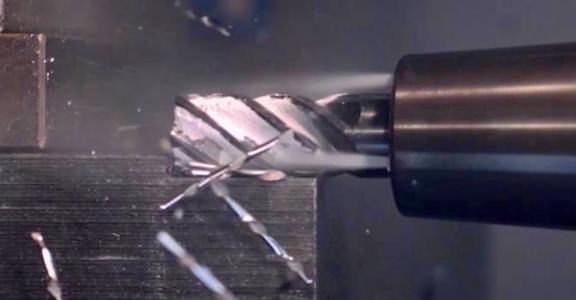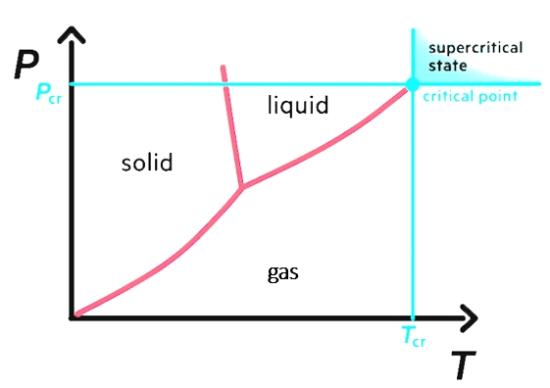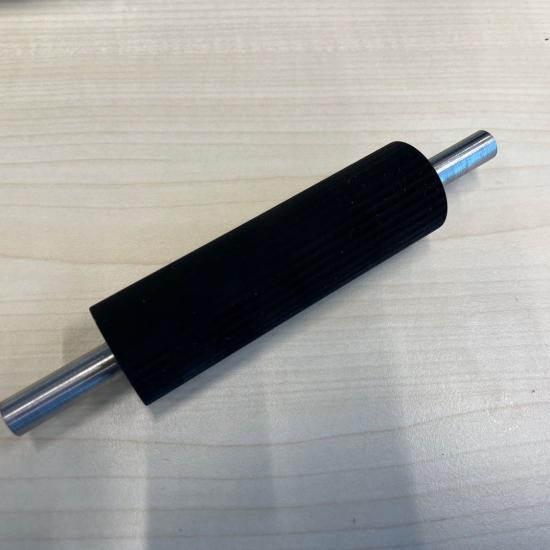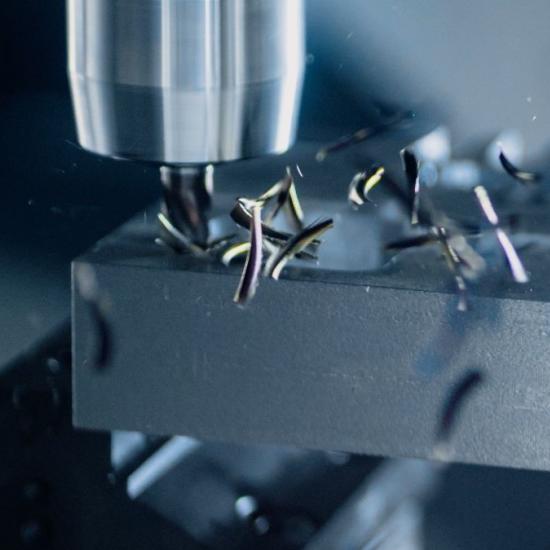In machining processes, a recently developed cooling method using supercritical CO2 can make cryogenic cooling competitive with conventional coolants. This method offers some important advantages.
With its patented cooling method using supercritical CO2, the American firm Fusion Coolant now enables cryogenic cooling, involving cooling at extremely low temperatures, to compete with conventional coolants. As a result, the cooling method is not only offering the advantages of low temperature, but also has a lubricating effect.
Cooling principle of supercritical CO2
Cooling with supercritical CO2 involves bringing the gas to an extremely high pressure (up to 120 bar) and to ambient temperature.It then enters in a so-called fourth phase, after the classical solid, liquid or gaseous form.As soon as this coolant is released from the tool or cooling channel, the pressure drops and it expands into a gas.A huge temperature drop to -78 °C provides a strong cooling effect and there is also a lubricating effect, in contrast to classic liquid CO2.This significantly reduces the disadvantages with materials such as aluminium or stainless steel.
Multiple positive impact
Liquid CO2 has already found its way into the machining of titanium, where temperatures rise sharply and create heavy loads on the tool.That’s precisely why a number of major players in the aviation sector were already using this cooling method.Today however, the use of supercritical CO2 is also emerging in applications in other sectors as well, such as the medical sector where products must be clean after metal processing and residual cooling emulsion is to be avoided.
Thanks to its cooling ability, supercritical CO2 significantly improves the tooling consumption.This, in turn, provides a positive overall environmental impact.The CO2 that is deployed comes from by-products of other processes and is therefore present in the atmosphere anyway.
In addition, its use can also lead to improved finish quality (e.g., by reducing burr formation).It will also benefit the operators’ health in the long run, since they will no longer be exposed to harmful oil fumes.
Integration on machines
Fusion Coolant, in collaboration with Air Liquide, is now offering systems that allow existing machines to be equipped with the new cooling technology with a minimum of modifications to the spindle.Within a multiple-machine configuration, some components can be centralised.Apart from a pure CO2 version, there’s also a version available on the market, which, as with minimal lubrication, dissolves a drop of oil in the gas to create an additional lubricating effect. For some CNC machine brands, a standard option is already available today for integrating this directly at the time of purchase of the machine.





